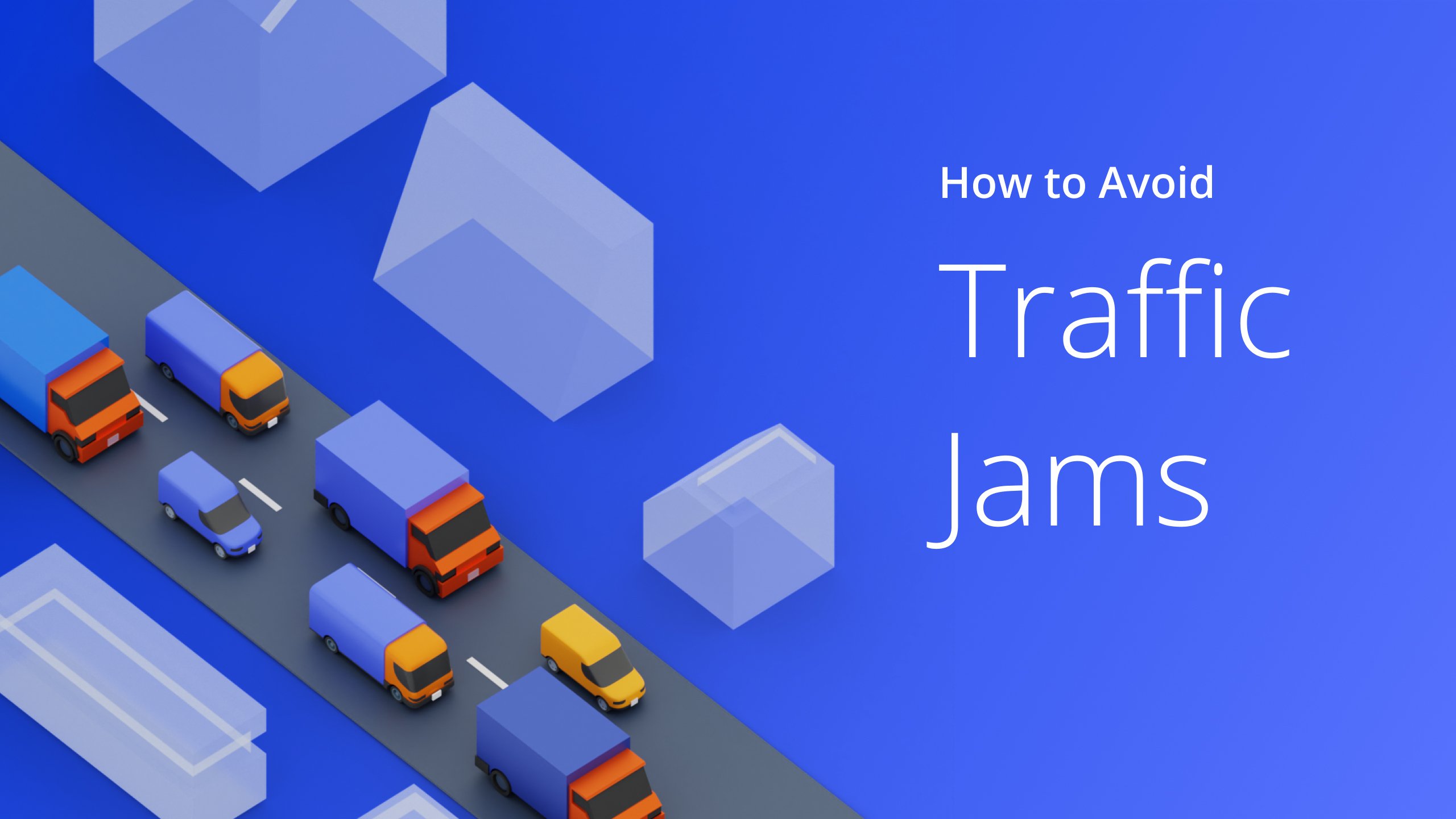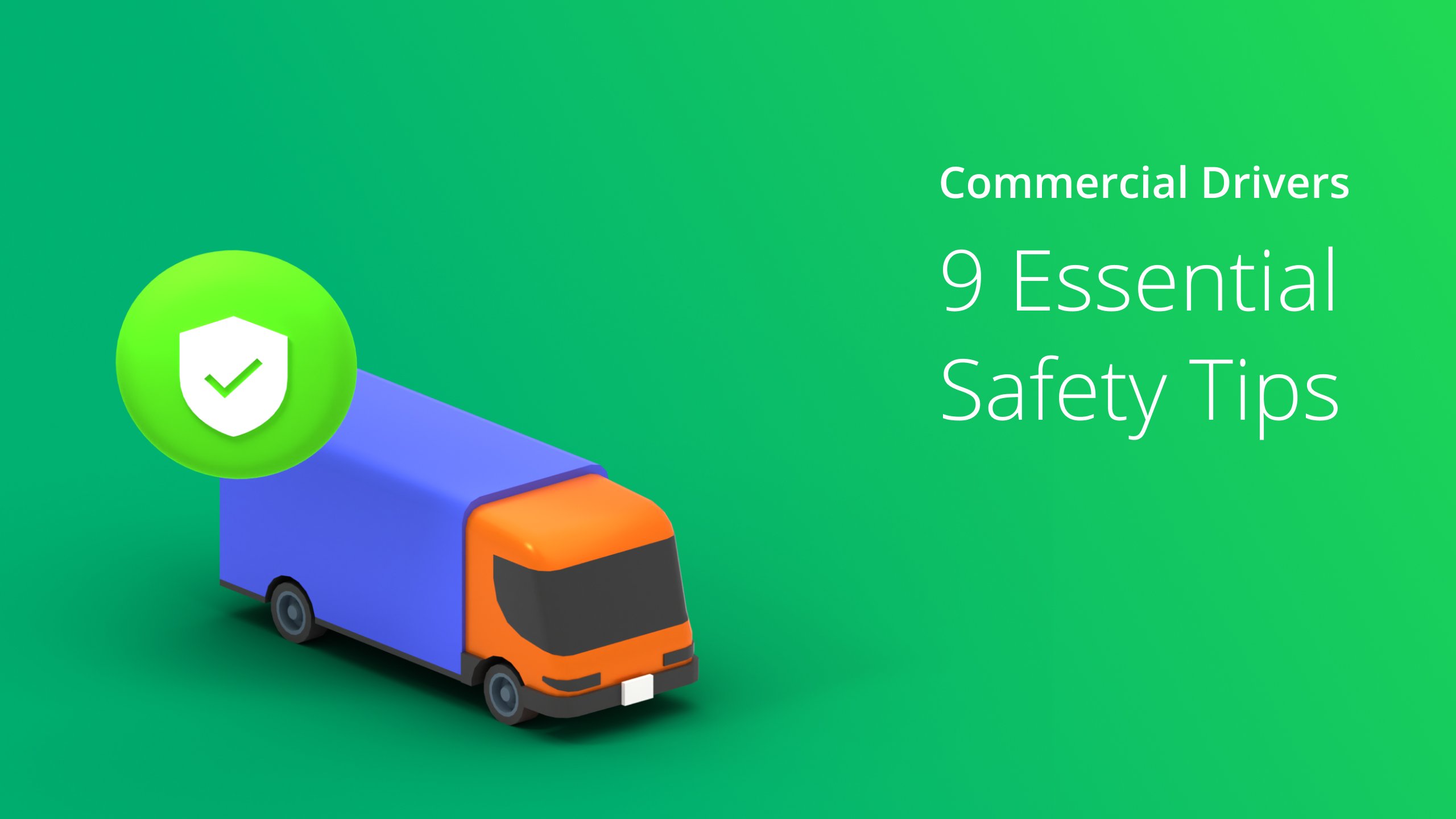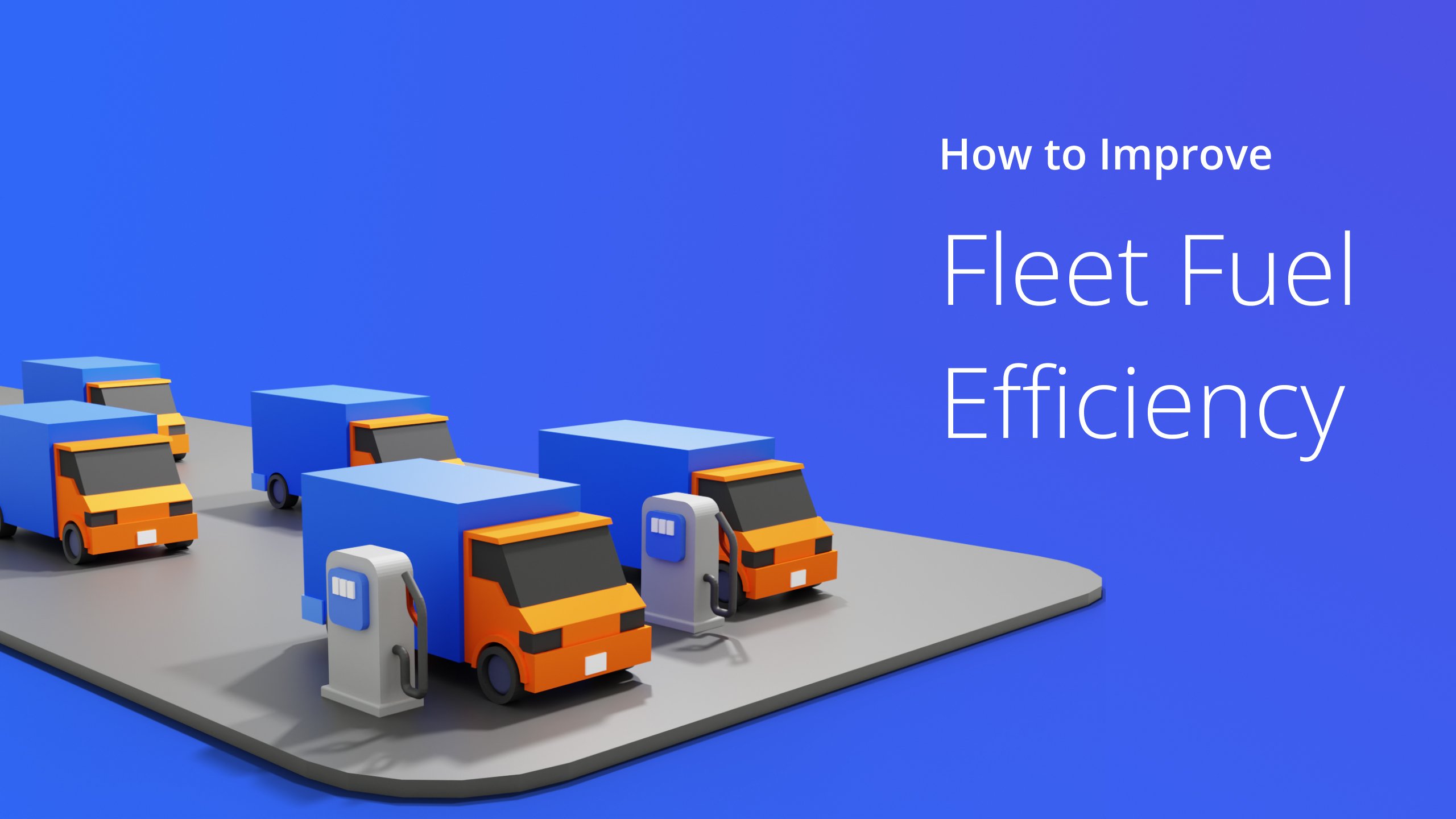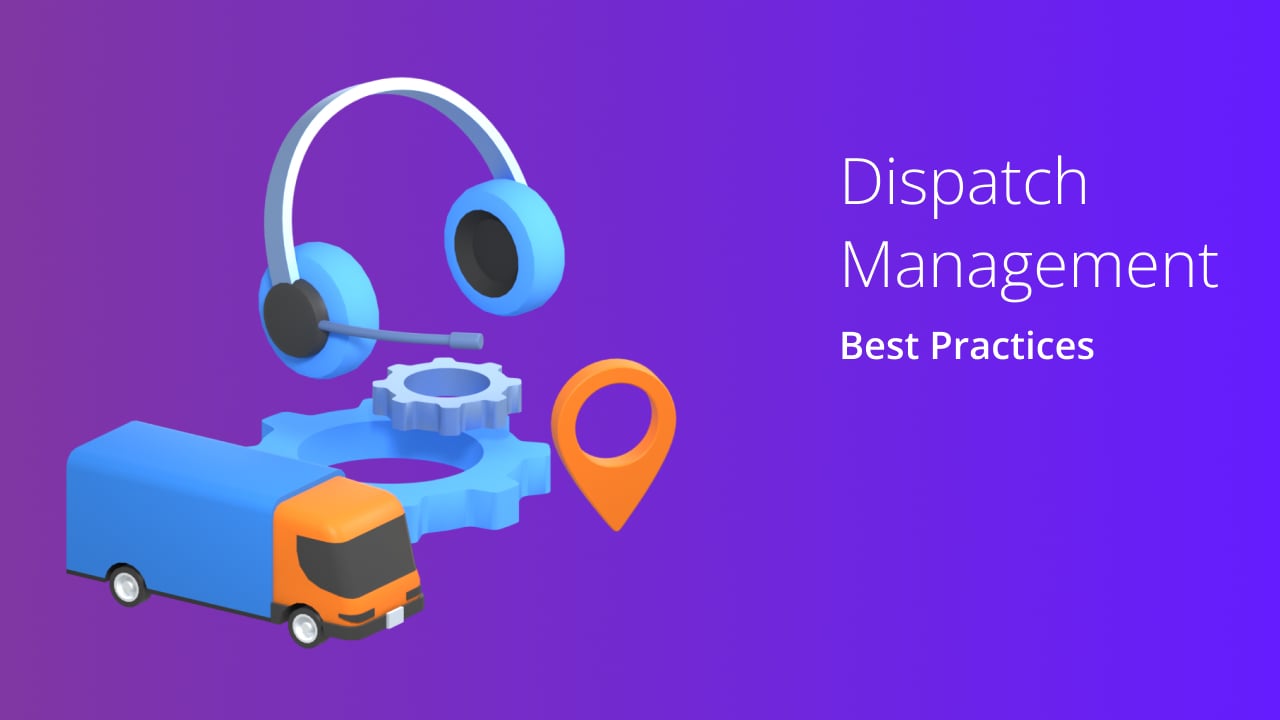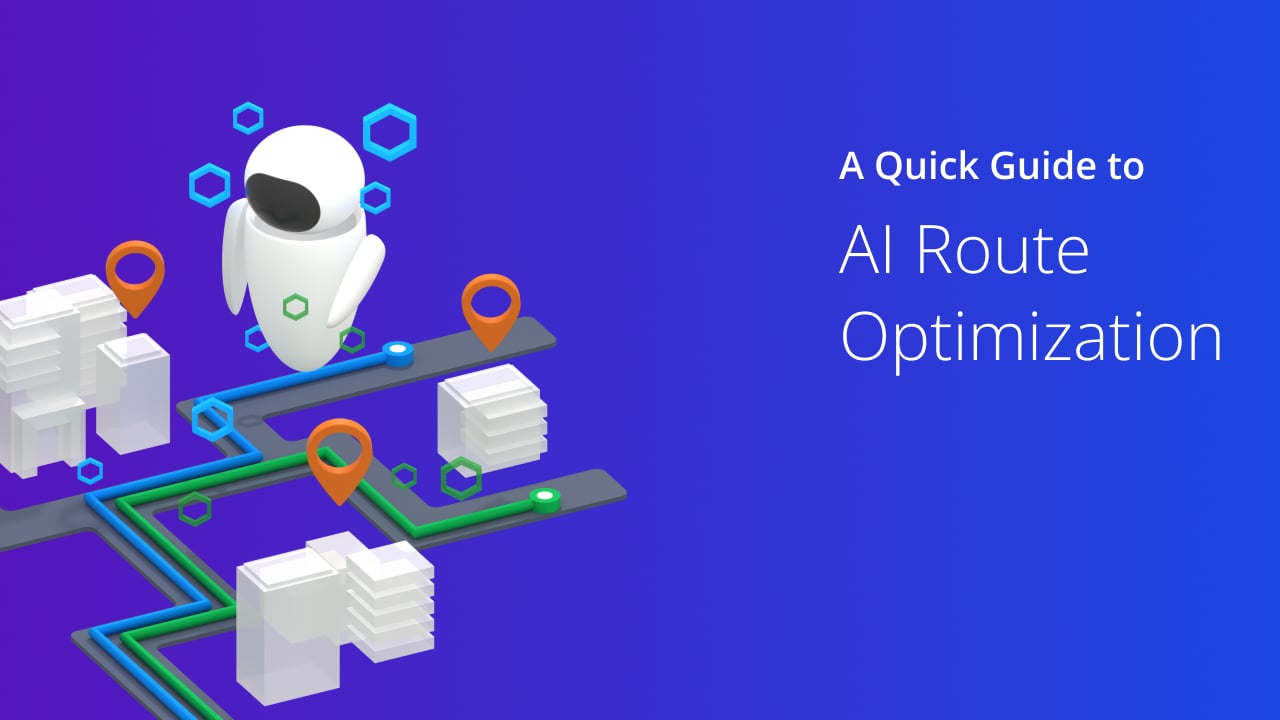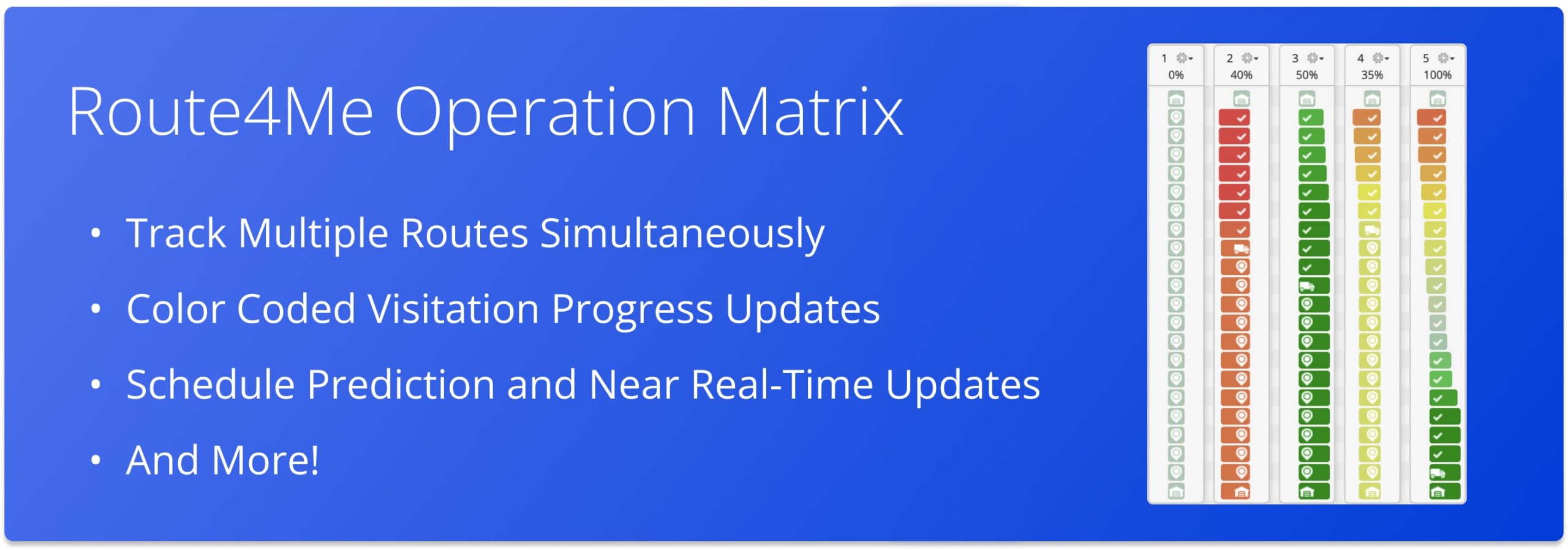Whether you need to deliver a package across town, deploy a technician, or manage a fleet of vehicles, the power to ensure efficient, seamless operations lies in two critical elements: dispatch and tracking.
Dispatch is more than just allocating tasks. It’s the central nervous system of your service or delivery operations, ensuring the right person with the proper skill set is assigned to the right task at the right time, valuing their expertise and contribution.
Tracking is about knowing where resources are. Most importantly, it provides businesses with real-time insights into their movements, empowering dispatchers and managers with the information they need to monitor progress, identify potential delays, and make informed decisions to optimize workflows.
By integrating dispatch & tracking, you can unlock many benefits for your service operations. It can enhance routing and scheduling, optimize resource allocation, boost safety, and elevate customer satisfaction with prompt service.
This article will discuss the relationship between dispatch and tracking, the benefits of integrating them, and how Route4Me can be your solution. So, let’s get started.
Table of Contents
Types of Dispatching
Dispatching can be broken down into a few categories, depending on the specific methods used and the industry it applies to. Here are some of the most common types:
Static vs. Dynamic Dispatching
This is a way to categorize dispatching based on how schedules are set.
Static dispatching follows pre-determined schedules and routes. Dynamic dispatching involves assigning resources based on real-time conditions, such as traffic and weather.
Centralized vs. Decentralized Dispatching
This refers to the location where dispatch decisions are made. In centralized dispatching, a single control center handles all the tasks of assigning tasks to drivers or technicians. It’s a good option for large and complex operations.
In decentralized dispatching, decision-making is spread out among multiple local centers, often at the team or department level. It helps respond faster to changing conditions.
The choice between these methods depends on the scale and complexity of operations.
Industry-specific Dispatching
Dispatching can also be categorized by the specific industry. In emergency dispatching, for example, the dispatcher quickly gathers information about the emergency, evaluates the situation, and sends help accordingly.
In service dispatching, a dispatcher assigns service technicians with the right skills to specific jobs. Similarly, transportation dispatch tracking involves assigning delivery tasks to drivers.
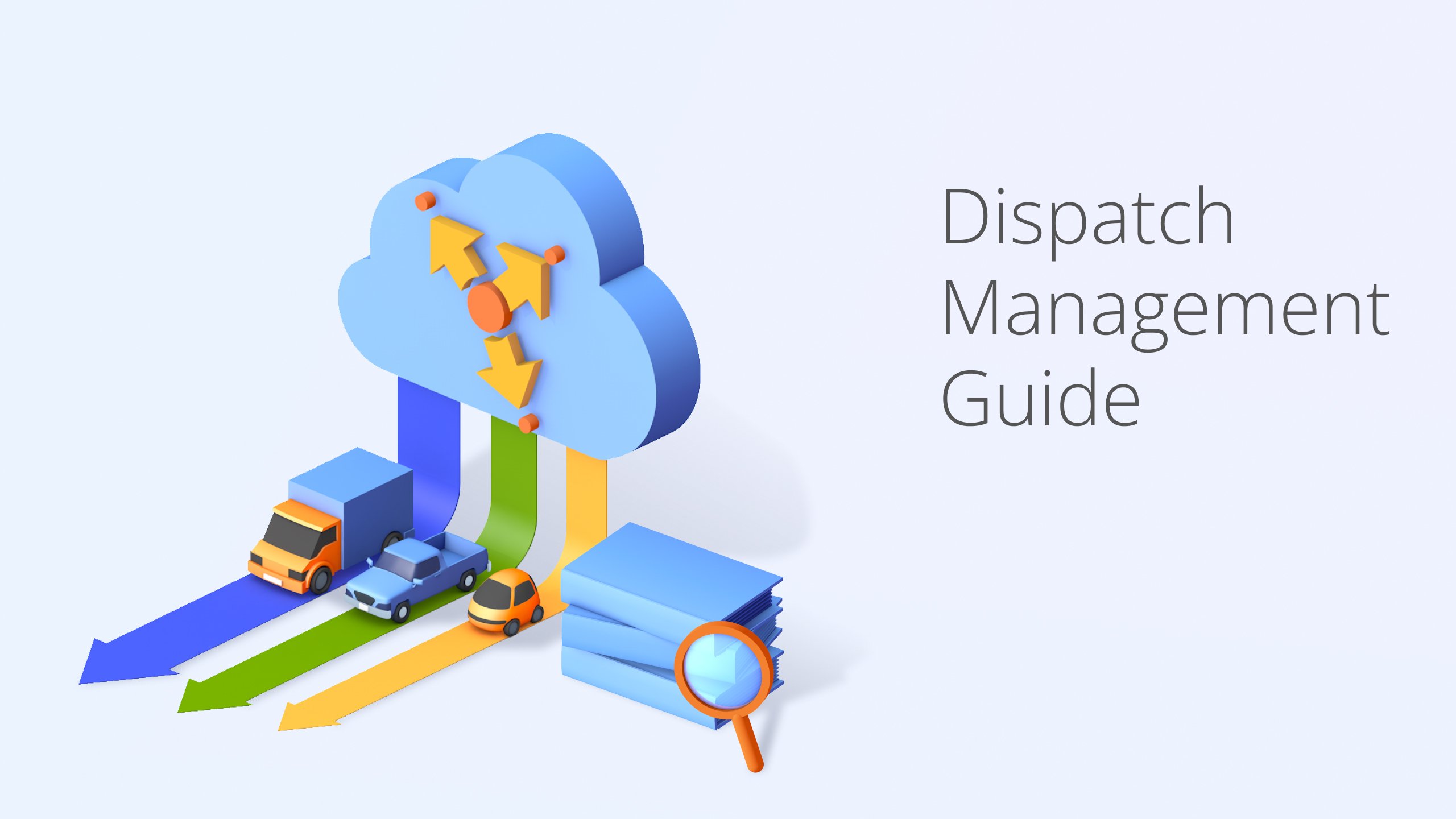
Factors to Consider During Dispatch
Here are some key factors to consider during the dispatch process.
Skills and Expertise
Not all resources are equal. You need to match the required skills for a job with the available personnel.
For example, transporting hazardous materials might require drivers with specific experience and certifications. But, any driver with basic navigational skills can deliver a simple document.
Vehicle Type and Capacity
Assess the vehicle size and type before sending them out for delivery to avoid hassles.
For example, you may need a vehicle with a loading ramp to deliver furniture. However, you need temperature-controlled vehicles to transport perishable goods.
Want To See For Yourself How Route4Me Can Help with Dispatch and Tracking?

Urgency and Time Windows
Certain orders might have strict deadlines or specific delivery windows. Therefore, to meet customer expectations, you must prioritize jobs based on urgency.
Availability
You must consider each driver’s or service rep’s current workload and schedule. Assigning a new order to a driver already on a multi-stop route, during breaks, or during unavailability windows might result in overburdened and delayed delivery.
Regulatory Requirements
Your plans must comply with regulatory requirements, such as vehicle weight restrictions or driver hours of service (HOS) regulations. This helps you avoid penalties and ensure driver safety.
Traffic and Weather Conditions
Monitor traffic patterns and consider real-time traffic data to avoid congested areas and optimize routes for faster deliveries. Also, check weather forecasts to proactively adjust schedules and routes to minimize disruptions.
Benefits of Vehicle Tracking
Here are some of the benefits of vehicle tracking.
Improves Driver Safety
By tracking company vehicles, you would know if a driver engages in reckless driving and communicate immediately to rectify their behavior to avoid road mishaps.
Plus, you would know if a driver stands still on the road for a long time, possibly due to a sudden breakdown or medical emergency. You can then send immediate road assistance to ensure safety.
Reduces Fuel Expenses
You would know if a driver deviates from the route and unnecessarily takes a longer path to reach the destination or keeps vehicles idle, which could increase fuel consumption. This would help you take the necessary measures to ensure drivers stay on track or don’t do idling to reduce fuel costs.
In addition, when drivers know they are being monitored, they are unlikely to engage in aggressive driving practices such as overspeeding, which could reduce fuel expenses.
Improves Customer Experience
When you know where your vehicles are at a given time, you can provide your customers with an accurate estimated arrival time. This will improve customer satisfaction, encourage repeat business, and help you avoid failed deliveries.
Prevent Vehicle Theft
You would know if any of your vehicles move outside work hours or to a specific location not in the plan, which could signify theft. You can immediately share the tracked location with the police to help them recover your stolen vehicles.
Reduce Insurance Premium
Vehicle dispatch tracking helps ensure driver and vehicle safety. This gives insurance companies confidence that you will unlikely make claims, and they will knock a few dollars off your premiums.
How Dispatch and Tracking Work Together
Dispatch acts as the brain, assigning tasks and routes to drivers and field service reps based on skills, location, and workload.
Tracking, on the other hand, is the eyes on the ground. It provides real-time information on driver location, progress, and potential roadblocks. This real-time data helps make crucial dispatch decisions, such as dynamic route adjustments, and ensure seamless operations.
Let’s understand this with an example.
Imagine a plumbing company sends a technician to fix a leaky faucet.
The technician gets stuck on the road en route in an hour-long traffic jam due to an accident. A real-time vehicle tracking system instantly notifies the dispatchers about this unanticipated situation. The dispatcher then reroutes the technician to an alternate route or reassigns the task to other available personnel. This helps minimize the lost time and ensures the customer isn’t left waiting.
Technology plays a crucial role in integrating dispatch and tracking.
For example, multi-stop route optimization software considers historical and real-time traffic and weather data, roadblocks, delivery time windows, and other routing constraints to suggest the most efficient routes for drivers or technicians.
Additionally, real-time communication tools like two-way messaging apps help dispatchers stay connected, provide updates, and ensure clear communication.
How Route4Me Helps with Dispatch and Tracking
Route4Me’s route planner helps you run your service operations seamlessly with total visibility and control. You can plan and schedule routes months in advance.
Here’s a quick list of the dispatch system features and benefits that simplify the dispatch track process.
AI-powered Routing Engine
Route4Me’s dispatch tracking software natively supports machine learning, data science, and AI workloads. It helps plan well-optimized multi-stop routes considering traffic, weather, roadblocks, avoidance zones, time windows, weight, heights, etc.
The process is pretty quick and easy. You need to add the customer addresses into the software, set some constraints, and you are ready to go. The routes will be ready in 30 seconds.
Single-Click Dispatch
Dispatch routing software enables you to dispatch routes to your drivers with a single click, and driving directions and stop instructions will become instantly available on mobile driver apps.
You can simulate routes, merge routes, reverse routes, insert breaks, and make any last-minute changes before dispatch.
Auto Synchronization
Whenever you amend your routes, orders, or address book, the changes are automatically synchronized in real-time across all the devices, whether mobile or web, associated with your Route4Me account. This helps every stakeholder stay updated without manually refreshing optimized routes.
Offline Mode
Route4Me’s dispatch and tracking software also has offline functionality. Therefore, your team can still capture various available data types even without internet connectivity, and the software syncs them across all associated devices once the connection is restored.
Balanced Workload Distribution
Route4Me helps you distribute even workload so that your mobile workforce is neither overworked nor underworked. This improves productivity and driver retention.
Real-time Visibility
Route4Me’s dispatch software offers an Operations Matrix feature that provides a comprehensive visual overview of your route’s real-time progress.
You can see your selected routes or all routes scheduled for the current date side by side. Whether a driver arrives early, behind schedule, or on time, the visitation progress of each route is displayed in color-coded format. All metrics are updated in real time.
Push Notifications
Route4Me’s route optimization solution lets you set up push notifications for important route milestones and mishaps. You can even call your drivers using the Route4Me mobile app, although that may not be required.
Adjust Routes in Real-time
Drivers can experience anything while en route. They could get stuck in a traffic jam due to an accident or stranded on the road due to a vehicle breakdown. Customers can also request last-minute changes, such as a change of address or cancellation.
Route4Me’s automated dispatch system helps you make changes in routes in real-time to ensure deliveries or appointments are not affected by unexpected situations. You can add or remove stops, modify route sequences, split routes, and more. Then, dynamically replan routes and dispatch updated directions to drivers in minutes.
There are several other critical features Route4Me offers that can transform dispatch and tracking, such as:
- Geofencing to automate check-in and check-out
- Customer alerting and notification to inform customers through SMS about the status of their deliveries.
- Customer portal to enable end users or customers to track their package delivery progress in real-time.
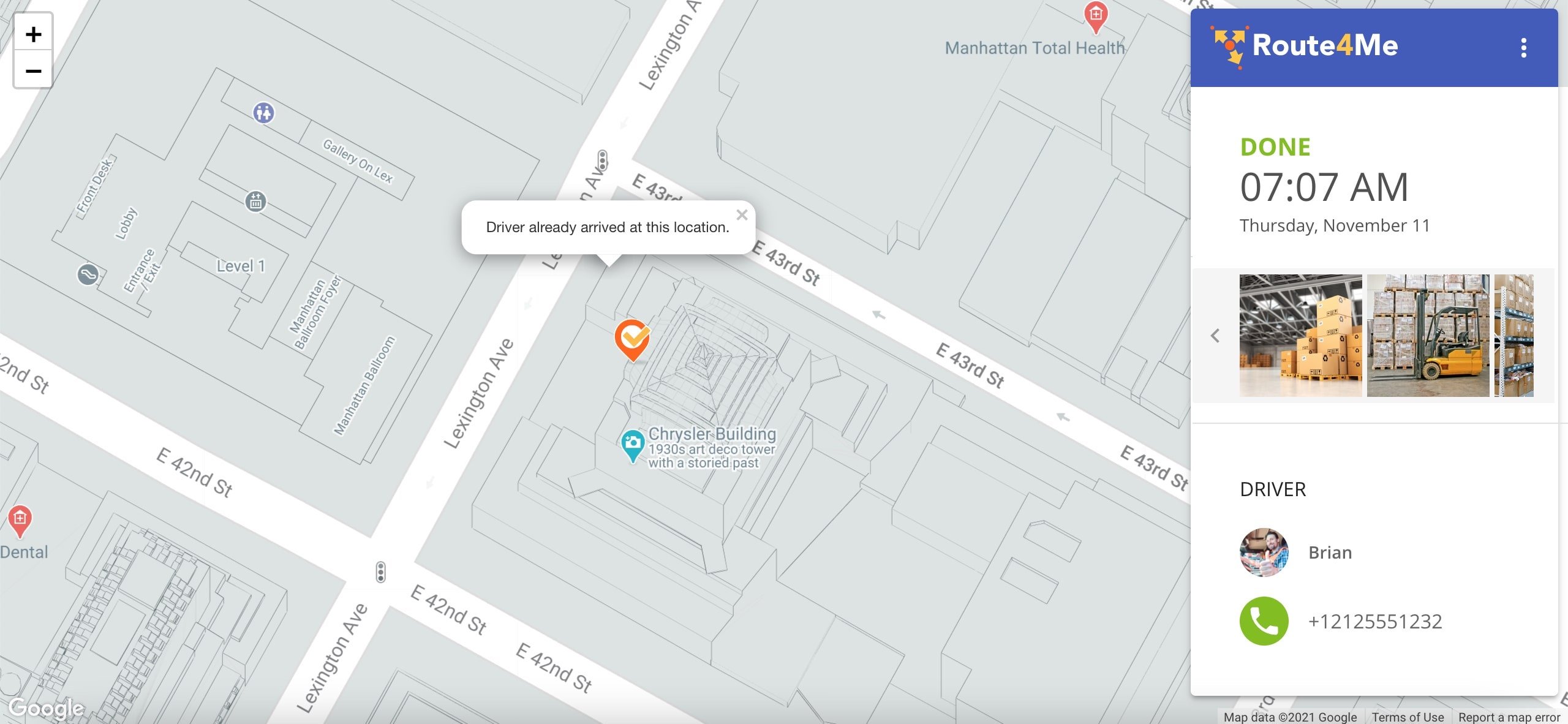
- The dispatch tracker automatically creates, plans, and dispatches recurring routes daily, weekly, monthly, or annual.
- Activity stream that helps you see everything that happened to a route, such as when it was created, added, or removed in one convenient location for your review.
- Built-in commercial GPS tracker to help you track vehicles in real-time.
- You can create high-quality and high-resolution maps of your routes.
- Advanced Team Management to build an interactive and hierarchically structured network of users with internal company roles and adjustable account-level access permissions.
- Drivers can add images and videos or capture customers’ signatures on Route4Me’s mobile apps as proof of delivery.
- Route4Me’s dispatch tracking software integrates with various telematics vendors worldwide to fully facilitate your business’s tracking and communication needs.
- Driver Breaks to insert breaks into the route and ensure drivers are well-rested.
Multi-Stop Route Planner App
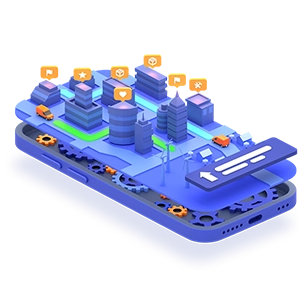
Frequently Asked Questions (FAQs) about Dispatch and Tracking
What is the role of dispatch in fleet management?
How does real-time tracking improve fleet operations?
What technologies are commonly used for dispatch and tracking?
How can dispatch and tracking systems enhance customer satisfaction?
What are the key benefits of integrating dispatch and tracking systems in fleet management?
- Increased Efficiency: Optimized routing and real-time adjustments reduce delays and improve delivery times.
- Cost Savings: Reduced fuel consumption and operational costs through efficient route planning.
- Enhanced Visibility: Real-time tracking provides continuous updates on vehicle locations and statuses.
- Improved Communication: Seamless communication between drivers and dispatchers ensures quick resolution of issues.
- Better Compliance and Safety: Monitoring driver behavior and vehicle performance helps enforce safety protocols and regulatory compliance.
Final Thoughts about Dispatch and Tracking
Dispatch and tracking are more than just operational processes. They are the keys to making your field service operations and final mile logistics efficient, agile, and competitive.
Therefore, ditch the guesswork and use an advanced technology solution like Route4Me’s delivery route planner to simplify dispatching and vehicle tracking, ensure on-time arrivals, and improve customer satisfaction.
Want To See For Yourself How Route4Me Can Help with Dispatch and Tracking?

